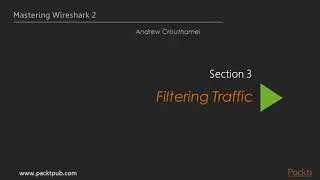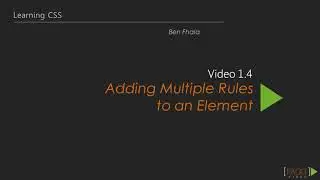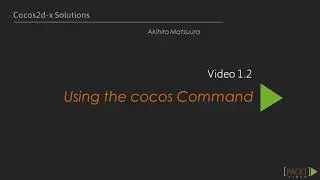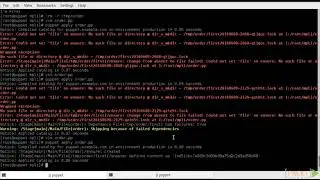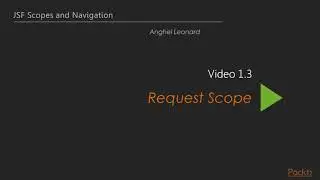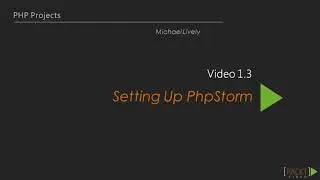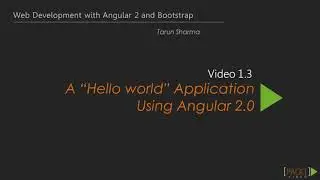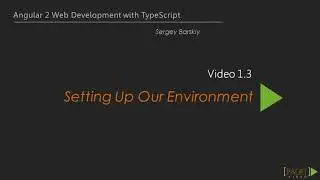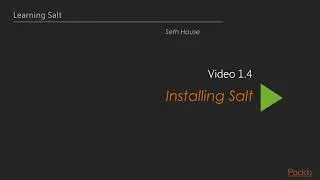Mastering Kendo UI
Make the most of MVVM, Kendo UI, and Bootstrap to build a fully functional blogging application
Configure the most popular Kendo UI widgets to improve the functionality of your app
Put Telerik’s backend services to work and store your data safely for when you need it
Learning
Explore Telerik’s backend services and set up your Kendo UI project
Wire up Twitter Bootstrap with Kendo UI MVVM for easier navigation through your app
Take control of the Content Editor by updating the properties of your view model
Manage your blog effectively with a few tweaks in the Kendo UI grid
Make your app responsive and rev up its security by implementing validation
Know your code better and troubleshoot errors away with Chrome Developer Tools
Get ahead with the advanced features of Kendo UI such as Layout, Views, Upload, and Router
About
You have probably already heard about Kendo UI and the extensive range of widgets it comes with; but there’s more to Kendo UI than just widgets. Kendo UI has a full featured framework, and when you put it all together, you can run your application using Kendo UI MVVM, Kendo UI widgets, and the Telerik backend for your data storage.
With Mastering Kendo UI, you will be taken on a journey through building a fully functioning blog application with Kendo UI.
You start off by installing a toolbox full of awesome functionality including Kendo UI, Bootstrap, and Telerik’s backend services. Next, you will build a Content Editor by using the MVVM (Model-View-View-Model) architecture to control the widgets. You will then move on to creating a Blog Editor along with a Post Editor and then create and validate a form. You will also see how to troubleshoot some common issues that developers face every day. The video series doesn’t stop here, but you will also learn how to do more with cleaner and more concise code using the Kendo UI library, jQuery, and Telerik’s Everlive. Once you are done with the application, you will jump into some more advanced topics and look into Layouts, Views, and Routing.
At the end of these 120 minutes, you will have a strong foothold on the important aspects of Kendo UI and will be able to build your own apps with confidence.
Style and Approach
Dive headlong into this video tutorial which shows you how to do more with less code; the easy-to-understand practical examples will have you building apps in no time.
Set Up Your Project with Kendo UI and Twitter Bootstrap
Get Acquainted with CodeAnywhere
Setting Up the Environment
Setting Up Twitter Bootstrap
Exploring the Telerik Platform
Start Coding
Applying a Basic Twitter Bootstrap Layout
Using Kendo UI Layouts and Views
Creating the Navigation View and Subviews
Wiring Up the Navigation Menu
Building a Content Editor
Create an Inline Content Editor
Configure the Content Editor
Control the Controls
Save Data from the Content Editor
Building a Blog Manager
Create a Blog Manager
Create a Blog Posts Manager and Editor
Displaying Blog Posts
Display Blog Post(s) on a Page
Display a Blog Post View
Creating a Registration Page and Validating it
Create a Registration Page
Create Kendo UI Observable and Add the Default Properties
Implementing Kendo UI Validation
Implementing Custom Validation
Form Validation
Troubleshooting
Using Chrome Developer Tools
Using Console Logging
Traverse JavaScript Code Using Chrome Developer Tools
Using the Network Tab to See Network Traffic
Advanced Kendo UI
Using the Kendo UI Layout
Using the Kendo UI View
Using the Kendo UI Upload
Using the Kendo UI Router








